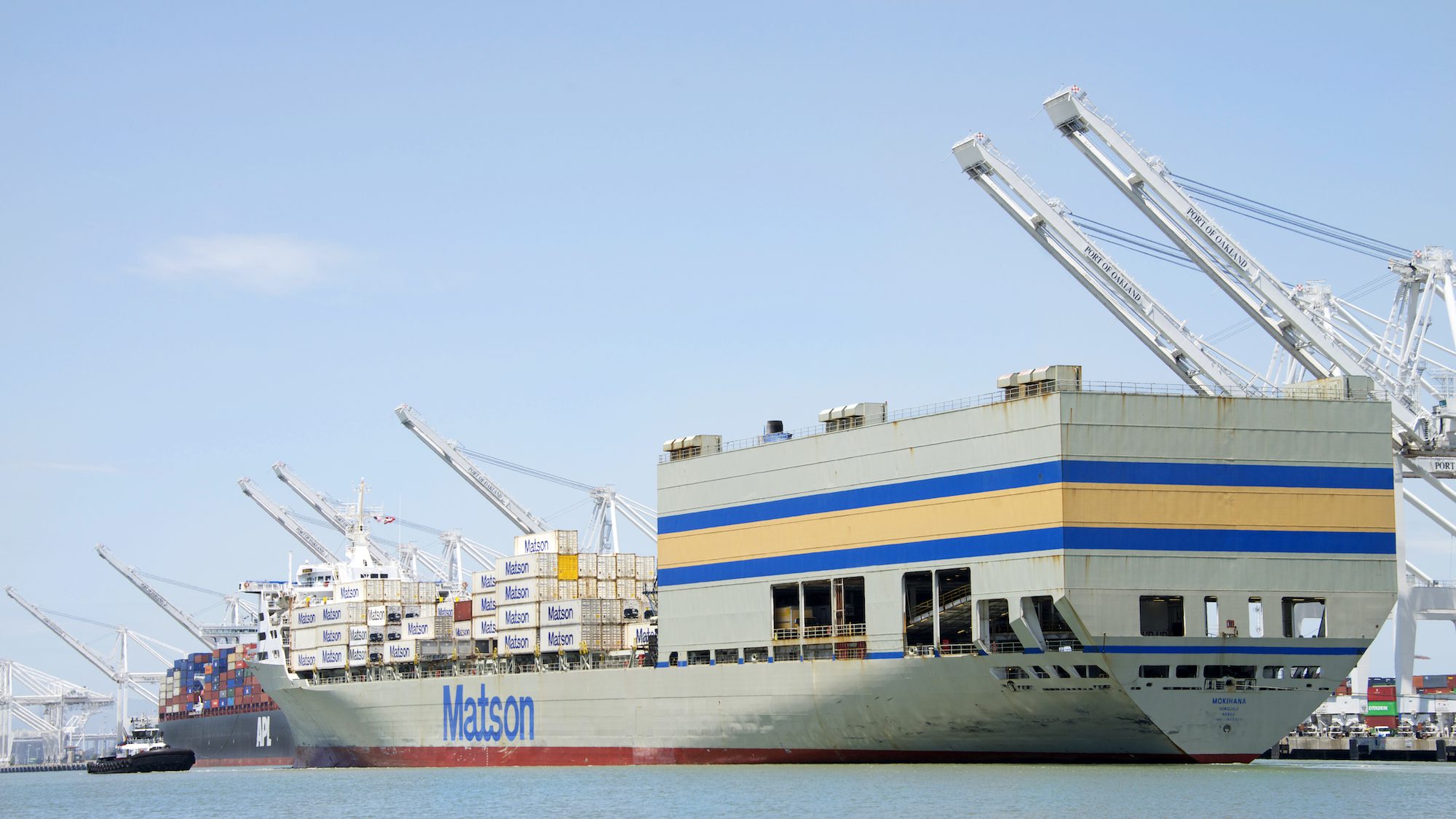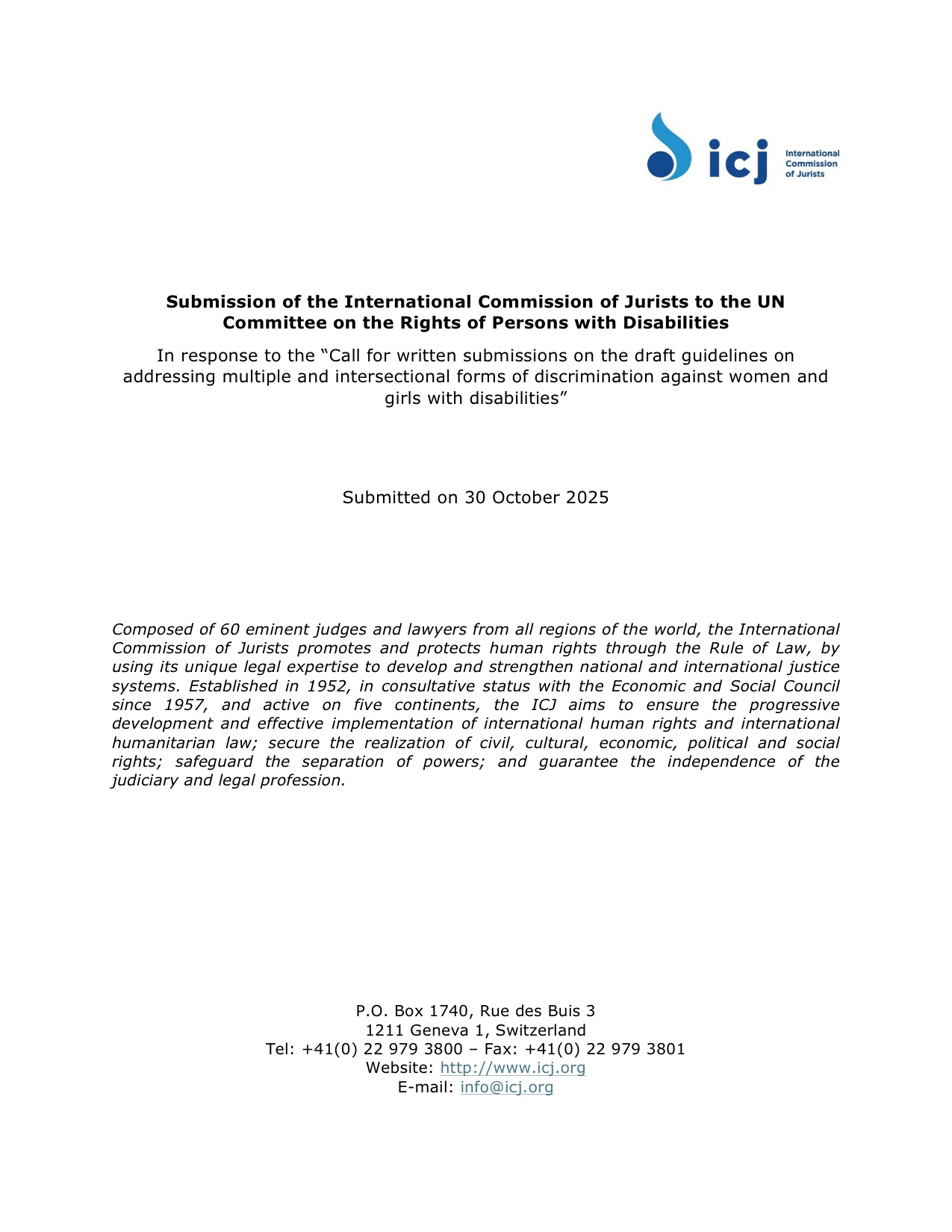Matson Suspends Electric Vehicle Shipments Over Battery Fire Concerns – gCaptain

Report on Suspension of Electric Vehicle Transport by Matson, Inc. and Implications for Sustainable Development
Executive Summary
Matson, Inc., a prominent U.S. carrier, has enacted an immediate suspension on the maritime transport of new and used electric vehicles (EVs) and plug-in hybrid vehicles. This decision is a direct response to escalating safety concerns regarding the fire risk associated with large lithium-ion batteries. The suspension follows several high-profile vessel fires and highlights a critical conflict between advancing clean energy technology and ensuring safe, sustainable transport infrastructure, with significant implications for several United Nations Sustainable Development Goals (SDGs).
Analysis of Precedent Maritime Incidents
The policy change was precipitated by catastrophic fires aboard car carriers, which have exposed the unique dangers of transporting EVs at sea.
- The Sinking of the Morning Midas (June 2023): This vessel was carrying 3,159 vehicles, including 65 fully electric and 681 hybrid vehicles. A fire, suspected to have originated from a deck carrying EVs, became uncontrollable, forcing the 22-person crew to abandon the ship, which subsequently sank.
- The Felicity Ace Disaster (February 2022): This car carrier caught fire and sank in the mid-Atlantic with nearly 4,000 vehicles. The presence of EVs aboard led to widespread speculation that lithium-ion batteries were the cause of the fire’s ignition and intensity.
Primary Technical Hazard: Lithium-Ion Battery Thermal Runaway
The principal safety risk identified by maritime experts is thermal runaway, a phenomenon specific to lithium-ion batteries.
- Self-Heating State: A battery enters an uncontrollable, self-heating process.
- Generation of Fuel and Oxygen: The battery begins to produce its own fuel to burn and its own oxygen to support combustion, making conventional firefighting methods ineffective.
- Extreme Temperatures and Ejections: The reaction results in extremely high temperatures and the potential ejection of gas, shrapnel, and particulates.
- Regulatory Warnings: The U.S. Coast Guard has previously issued safety alerts regarding the transport of damaged EVs, noting that saltwater exposure, such as after a hurricane, significantly increases the risk of spontaneous battery fires.
Impact on Sustainable Development Goals (SDGs)
Matson’s suspension and the underlying safety issues directly challenge the progress of several key SDGs:
- SDG 9 (Industry, Innovation, and Infrastructure): The incidents reveal a critical failure in current maritime infrastructure to safely accommodate the innovations of the green energy transition. The suspension underscores an urgent need for investment in resilient infrastructure and new safety standards to support sustainable industrialization.
- SDG 11 (Sustainable Cities and Communities): The transition to EVs is fundamental to creating sustainable transport systems and reducing urban air pollution. This disruption in the global EV supply chain hinders progress toward this goal by impeding the availability of cleaner vehicles.
- SDG 12 (Responsible Consumption and Production): The fires and subsequent sinking of vessels constitute a major failure in the responsible management of hazardous materials. The loss of thousands of vehicles and the release of their components into the ocean directly contradict the principles of sustainable production patterns and safe chemical management.
- SDG 14 (Life Below Water): The sinking of large carriers releases vast quantities of pollutants, heavy metals, plastics, and toxic battery materials into the marine environment. This pollution poses a direct and long-term threat to marine ecosystems, undermining international efforts to conserve and protect life below water.
- SDG 7 (Affordable and Clean Energy): While EVs are a cornerstone of the shift to clean energy, this logistical bottleneck demonstrates that the sustainability of a technology depends on its entire lifecycle, including safe and secure transportation. Failure to resolve these safety issues threatens the scalability and accessibility of clean energy transport solutions.
Industry and Regulatory Response
In response to these emerging challenges, both corporate and regulatory bodies are taking action.
- Matson’s Position: The company has stated it will support industry efforts to develop comprehensive standards to address the fire risk. It intends to resume the transport of EVs only when safety solutions meeting its requirements are implemented.
- Regulatory Guidance: The U.S. Pipeline and Hazardous Materials Safety Administration (PHMSA) has released new guidance for shipping lithium batteries, mandating compliance with both domestic regulations and the International Maritime Dangerous Goods (IMDG) code to standardize safety protocols.
1. Which SDGs are addressed or connected to the issues highlighted in the article?
SDG 3: Good Health and Well-being
- The article highlights significant safety risks to maritime crews. The intensity of lithium-ion battery fires forced “all 22 crew members to abandon ship” on the Morning Midas, directly threatening their lives and well-being. This connects to ensuring safe working environments.
SDG 9: Industry, Innovation and Infrastructure
- The core issue revolves around the resilience and safety of maritime transport infrastructure (Target 9.1). Matson’s suspension of EV transport demonstrates that current infrastructure and safety protocols are not adequate to handle the risks associated with new technologies like large lithium-ion batteries. The article also points to the need for innovation and upgraded standards, as Matson “continues to support industry efforts to develop comprehensive standards and procedures.”
SDG 11: Sustainable Cities and Communities
- The article touches upon the safety of transport systems (Target 11.2). The incidents described, such as the Felicity Ace and Morning Midas fires, are failures in providing safe transport. Furthermore, disrupting the supply chain of electric vehicles affects their availability in communities, particularly in remote locations like Hawaii and Guam that rely on maritime shipping.
SDG 12: Responsible Consumption and Production
- The issue relates to the environmentally sound management of hazardous materials throughout their life cycle (Target 12.4). Lithium-ion batteries are cited as the hazardous component. The fires and subsequent sinking of vessels represent a failure to manage these products safely during the transport phase, leading to negative environmental impacts.
SDG 14: Life Below Water
- The sinking of large vessels like the Felicity Ace, which went down with “nearly 4,000 vehicles on board,” and the Morning Midas directly causes marine pollution (Target 14.1). The ships and their cargo, including plastics, heavy metals, and vehicle fluids, become marine debris that harms ocean ecosystems.
2. What specific targets under those SDGs can be identified based on the article’s content?
- Target 3.9: By 2030, substantially reduce the number of deaths and illnesses from hazardous chemicals and air, water and soil pollution and contamination.
- The risk of “thermal runaway” in lithium-ion batteries, which can result in the “ejection of gas, shrapnel, or particulates along with extremely high temperatures,” poses a direct threat to the health and lives of the crew, as seen when the Morning Midas crew had to abandon ship.
- Target 9.1: Develop quality, reliable, sustainable and resilient infrastructure…to support economic development and human well-being.
- The article shows that the current maritime shipping infrastructure is not resilient to the risks posed by transporting EVs. Matson’s decision to suspend transport is a direct consequence of this lack of resilience.
- Target 12.4: By 2020, achieve the environmentally sound management of chemicals and all wastes throughout their life cycle…and significantly reduce their release to air, water and soil.
- The fires and sinking of ships carrying EVs represent a failure in the sound management of lithium-ion batteries during the transport stage of their life cycle, leading to the release of pollutants into the marine environment.
- Target 14.1: By 2025, prevent and significantly reduce marine pollution of all kinds, in particular from land-based activities, including marine debris.
- The sinking of the Felicity Ace and Morning Midas are clear examples of events that cause significant marine pollution and debris, directly contravening this target.
3. Are there any indicators mentioned or implied in the article that can be used to measure progress towards the identified targets?
- Number of major maritime incidents involving hazardous materials: The article explicitly names two recent, high-profile incidents: the sinking of the Morning Midas in June and the Felicity Ace disaster in February 2022. A reduction in such incidents would indicate progress.
- Number of vehicles lost at sea: The article provides specific figures that can be used as a baseline indicator for marine pollution. It mentions “nearly 4,000 vehicles on board” the Felicity Ace and “3,159 vehicles” on the Morning Midas.
- Adoption of new safety regulations and standards: Progress can be measured by the development and implementation of the “comprehensive standards and procedures” that Matson is waiting for. The article notes that the U.S. PHMSA has already “released new guidance for lithium battery shipping,” indicating a step towards this.
- Number of workers exposed to life-threatening situations: The article states that “all 22 crew members” of the Morning Midas were forced to abandon ship. Tracking the frequency of such evacuations can serve as an indicator of workplace safety at sea.
4. Create a table with three columns titled ‘SDGs, Targets and Indicators” to present the findings from analyzing the article. In this table, list the Sustainable Development Goals (SDGs), their corresponding targets, and the specific indicators identified in the article.
| SDGs | Targets | Indicators |
|---|---|---|
| SDG 3: Good Health and Well-being | 3.9: Substantially reduce deaths and illnesses from hazardous chemicals and pollution. |
|
| SDG 9: Industry, Innovation and Infrastructure | 9.1: Develop quality, reliable, sustainable and resilient infrastructure. |
|
| SDG 12: Responsible Consumption and Production | 12.4: Achieve the environmentally sound management of chemicals and all wastes throughout their life cycle. |
|
| SDG 14: Life Below Water | 14.1: Prevent and significantly reduce marine pollution of all kinds. |
|
Source: gcaptain.com

What is Your Reaction?
 Like
0
Like
0
 Dislike
0
Dislike
0
 Love
0
Love
0
 Funny
0
Funny
0
 Angry
0
Angry
0
 Sad
0
Sad
0
 Wow
0
Wow
0


















-1920w.png?#)






















;Resize=805#)




































